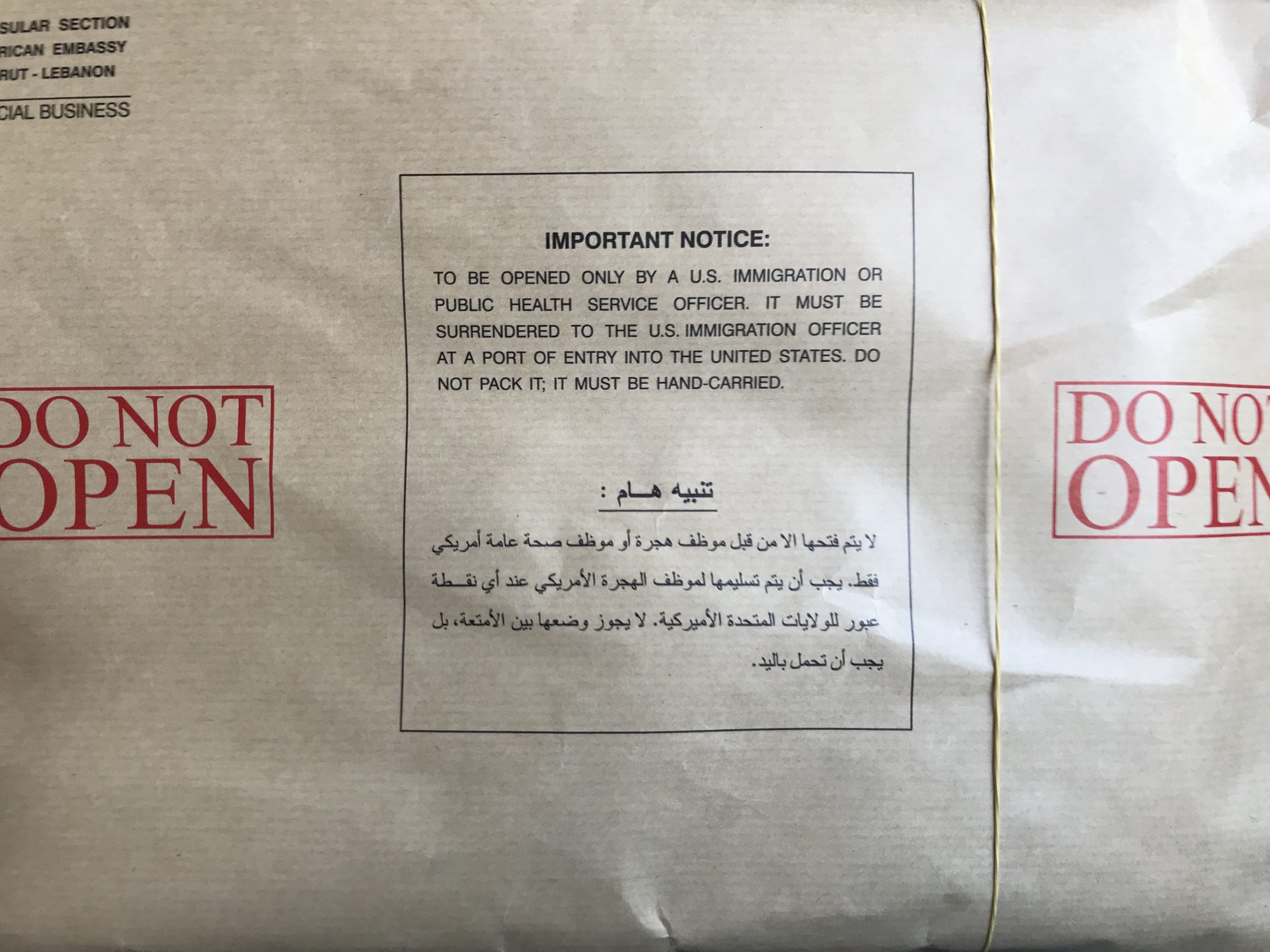I took these on my walk to work on Good Friday. Their existence was realized for me because of that context—I hadn’t even noticed that fledgling blossom I’d been walking past all week until that moment, when it revealed its full glory and called me by name to say: “behold.”
That’s one way we make “art.” We see two needles in a cup of water and we say: Behold! Instruments of the Passion! We see an American flag with an upside cross painted over it and we declare: Behold! The veil is torn.
I didn’t make any of these things; they came “ready made.” I didn’t do much to bring them to your attention; I pointed a piece of technology at them and it did the rest. But I did say “behold.” I made a proclamation, and with that, I realized a story—I made a reality that wasn’t there before.
That’s one way we make “art.” We tell a parable and we make it real.
The lines we draw between the tools we use and things we make are always shifting. What was that about Plato and writing? How he feared that this new technology would diminish us as human beings because we’d become more forgetful? I don’t remember, tbh.
The lines are always shifting, but that doesn’t mean we shouldn’t contend with where they’re drawn. The uproar caused by Boris Eldagsen’s stunt is a brilliant way of forcing the art world to contend.
But stuff doesn’t have to be so dramatic for this question to press upon us. Where does the machine begin and end in any photograph? When the settings are all manual? When the medium is all analog? If the line is drawn where human effort is most maximal, then the only real photography is pinhole photography, and the only real art is the art of living.
That’s obviously not the logical extreme we want to end up with when we’re contending with AI.
I think that there’s a place for Al-generated works, whether they are photorealistic or not, but we must be better at avoiding making category mistakes; a photograph is created through optics of some kind- an Al image, no matter how photorealistic, is wholly non-optical. That’s what makes them interesting, but what we’ve been doing too often (and what this brilliant stunt exposes) is conflating the two as though the distinction doesn’t matter.
The ethics of Al generation itself are also thorny; we often get lost in the question of whether it is or isn’t art, when the issue again is about what kind of art it is. Is glitching found video art? Is collaging found photographs art? Are readymades art? We tend to say yes AND we know what kind of art we have in mind when we say that. We’re yet to get to that point in the mainstream discourse re: Al, so we’re left in a zero sum game with everyone on the defensive.
FWIW, it’s good to remember that “art” isn’t a synonym for “good.” We can keep our categories clean and still find Al generated works lifeless and unappealing.
